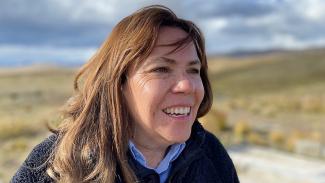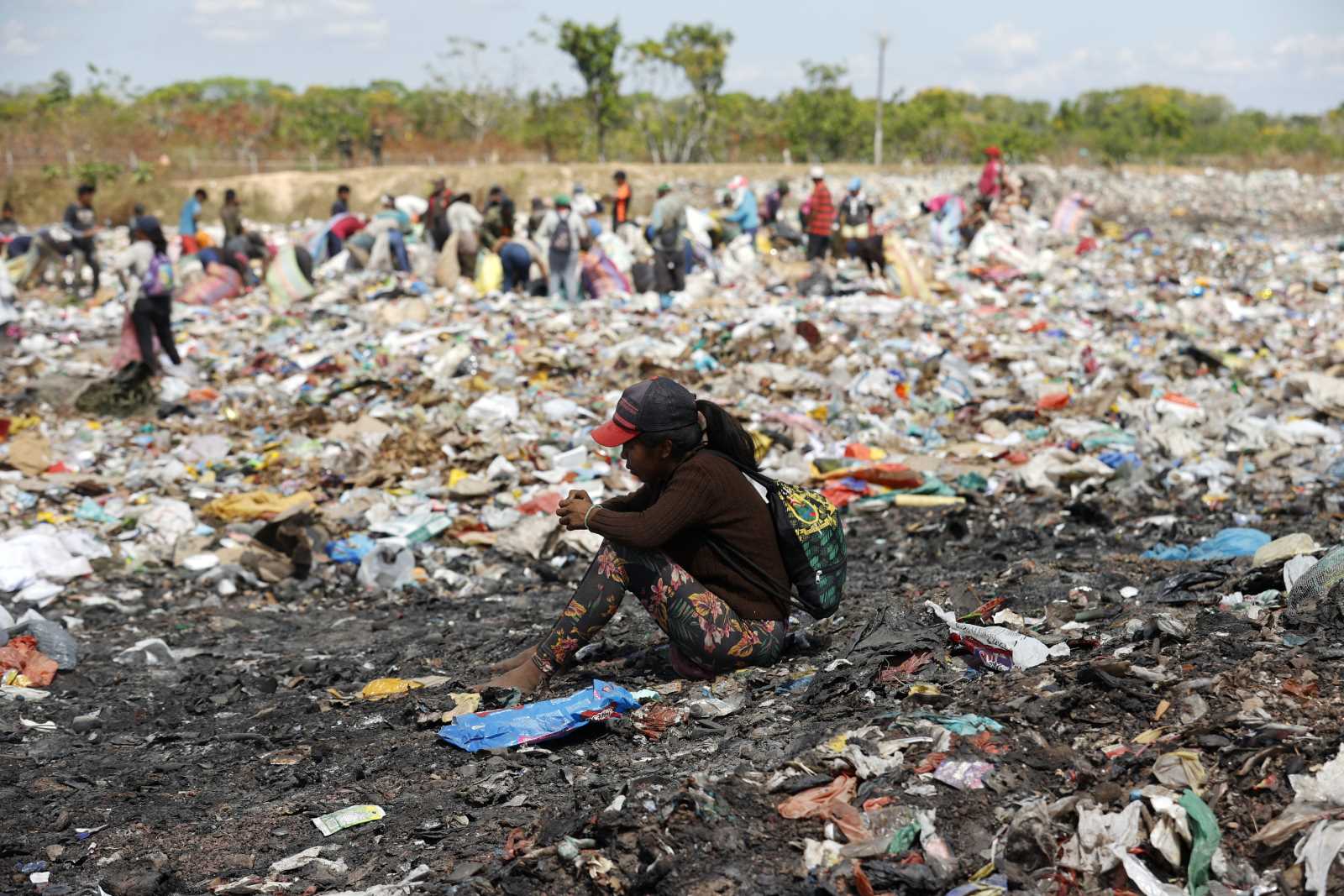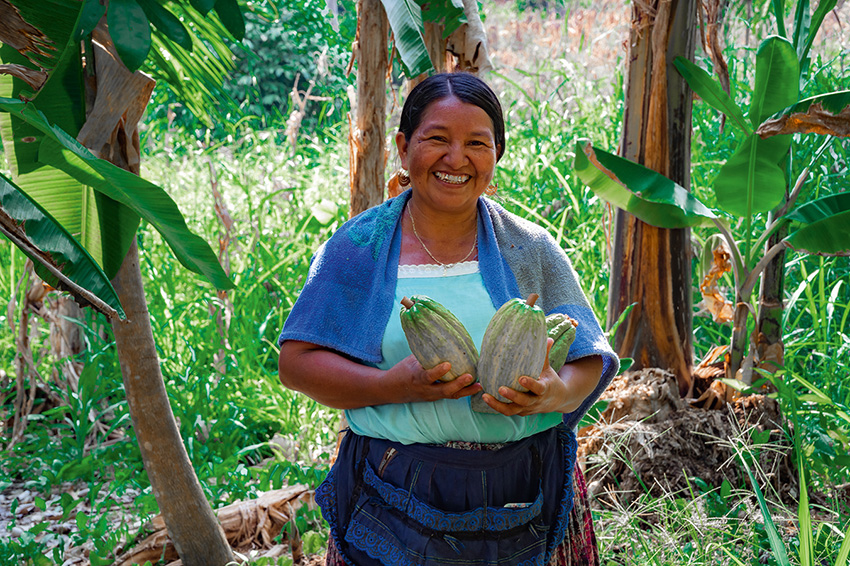Portrait
Exemplary wildlife conservation

She doesn’t like to hear that she is a role model. Lilian Painter is too modest for that. She prefers to point out that effective teamwork and robust alliances are necessary for successful nature conservation, more important at least than her position as head of the Wildlife Conservation Society (WCS) in Bolivia. Yet the 54-year-old Bolivian has a lot to show. Since returning to her home country – after studying Behavioural Biology in Liverpool – Painter has been committed to the conservation of biodiversity. Not only did she bring a PhD with her from the UK, but also her husband Rob Wallace, who studied Biology with her. Together they wanted to dedicate themselves to nature conservation. To this end, they both joined WCS in La Paz directly after their academic training.
Since then, Painter has rendered outstanding services to the conservation of the Madidi protected area, which stretches from the heights of the Andes down to the lowlands of the Amazon. Her very first assignment took place in this area – at that time it was about the spectacled bear population. The focus of her work in this area has often changed, but her approach has remained the same ever since: conservation with people, not against them. In partnership with the indigenous people, WCS succeeded in immersing Madidi protected area, which covers 19,000 square kilometres, within a broader connected landscape of more than 50,000 square kilometres consisting of neighbouring protected areas and indigenous lands. This makes the area one of the world’s largest contiguous wilderness areas with a biodiversity that is second to none.
One of Painter’s most notable achievements was the submission of the Madidi protected area to the Legacy Landscape Fund, which KfW finances together with other private and public donors on behalf of the German government to safeguard biodiversity worldwide. Together with four other parks spread across the globe, Madidi was selected as a pilot area. This means that Painter’s goals and the management of the park will benefit from long-term support.
“I see myself as a mediator who builds bridges between different interest groups,” Painter emphasises in order to highlight the teamwork that is important to her, playing down her role model function. But the many volunteers, working students and employees of WCS who work with Lilian Painter on nature conservation paint their own picture. Even their son Tommy was obviously impressed by his parents’ work: he plans to take on environmental studies to later join the fight against loss of land and species. More role model is not really possible.
Dr. Christian Chua













